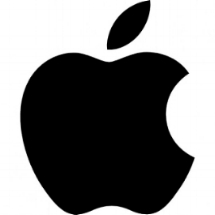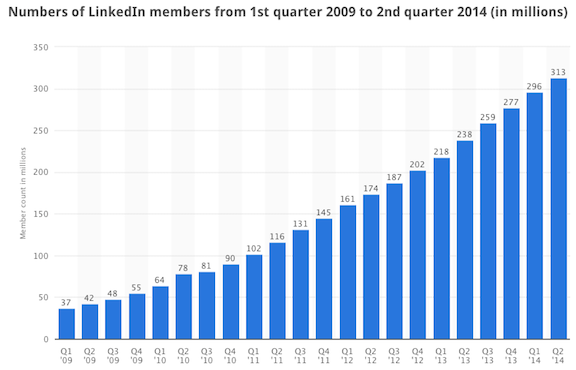Asking Good Questions During The Sales Process
One of the best salespeople I've ever worked with wasn't all that great at giving presentations. He wasn't great at building relationships. He didn't know the product as well as others on the team.
So what made him so good?
He would ask the prospect questions. Lots of questions. I mean almost obsessively. When it got awkward with the prospect because he was asking so many questions he'd ask five more questions.
This helped him sell for several reasons:
- He fully understood the motivations of the buyer and could tap into those things to keep the deal moving.
- He fully understood in great detail what the buyer's buying process was and exactly what was needed to get the deal over the line and he could anticipate any bumps in the road.
- He uncovered things that the prospect didn't know about their own needs or things that exist in their own process that they were unaware of that might slow down the deal.
- He could uncover trends around problems and solutions inside the prospect's organization that he could leverage across other deals.
- He truly got to know the actors involved in the purchase (influencers, blockers, etc.).
Too often salespeople want to hear good news so when they hear it they don't dig in and ask lots of questions. I learned from my former colleague that it's much better to assume the worst and dig in with good questions to understand and confirm everything.
Here are some of the questions that can be asked as a salesperson navigates the sales process. As I said, these may seem somewhat obsessive, but because buying things at a large organization can be so tedious and difficult I've found that most buyers appreciate the thoroughness.
- What are your priorities this quarter/year and do you think this product fits in?
- How would you explain to someone in your company how this product is going to help you reach your objectives?
- What are the other projects on your plate and how would you prioritize this one?
- When we launch this product will you personally be measured on its success? By who? How will it be measured?
- How do you typically buy products like this?
- Who is involved in the buying decision?
- Is there anyone that needs to sign off on this (IT, compliance, etc.)?
- Is there anyone that you think might object to buying this product?
- Have you come across any roadblocks in buying these kinds of products in the past?
- How did you get past those roadblocks?
- What committees need to see this product before you buy?
- When do those committees meet?
- Could we find some time to present this in the next committee meeting?
- What will each of the people in the committee care most about with regard to this product?
- Who will use the product?
- How will they use the product?
- Where would the budget come from?
- Is there enough left in that budget to pay for something like this?
- What is the process to get the budget approved?
- What does it take to schedule implementation resources on your side?
- What specific measures will your company consider when looking at the success of the product after it's been launched?
- Who will sign the contract?
- Does the contract signer need any approvals before signing?
- Can I be introduced to the contract signer’s assistant to make sure nothing gets missed?
- Is the contract signer in the office on the day we expect to sign?
I could easily list twenty-five more. Of course, it's worth noting that there is some art to how you ask the questions and the questions should be documented and placed at different stages of your sales process so it makes sense why they're being asked at the time.
I've found that in complex sales a salesperson almost can't ask enough questions. Those salespeople that have the discipline to use good questions to understand the prospect and uncover potential pitfalls significantly outperform their peers.






